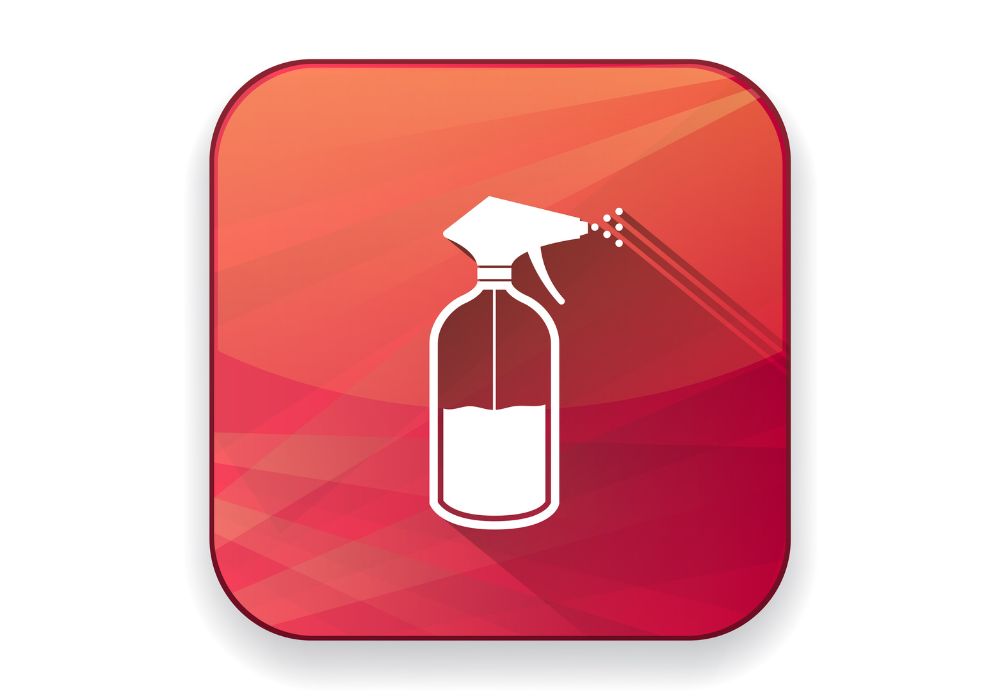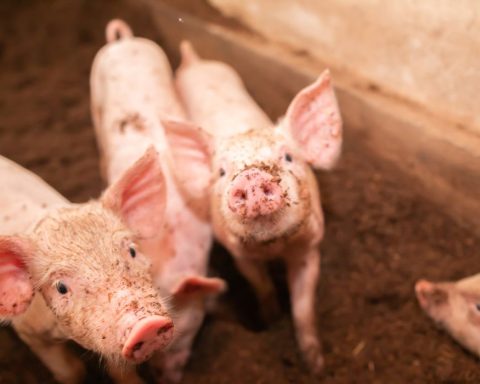Sometimes persistence pays off. After years of advocacy from environmental and human health groups, Canada recently updated its cornerstone environmental and toxics law – the Canadian Environmental Protection Act (CEPA).
This is the first major update to the act since 1999, and while science and our understanding of pollution have evolved, Canada’s main toxics law has failed to keep pace. Canadian companies that have adopted strong chemical-management practices and replaced problematic substances with less hazardous alternatives will celebrate these latest moves to bring federal regulations into the 21st century.
Here are a few things you should know about the new, updated CEPA.
The “right to a healthy environment” will be recognized for the first time under federal law. This will enshrine our right to functioning ecosystems, which we all rely on for a livable planet. In terms of chemicals policy, the government will have to consider not only the environmental impacts of substances, but also the injustices that vulnerable communities and future generations bear when they are disproportionately affected by pollution.
This commits Canada to integrating human rights into its chemical-management decisions, as racialized and low-income populations experience higher exposure to hazardous chemicals and therefore greater health harms.
To help manage the issue of chemicals Whac-A-Mole, where one toxic substance is banned only to be replaced by another similar one, Canada will institute a “Watch List.” The Watch List will include substances that can pose a risk to human and environmental health, and is meant to provide an early warning signal to companies about which chemicals will likely be restricted in the future to discourage companies from replacing one hazardous substance with another.
Another significant change to CEPA gives people in Canada the power to request formal safety assessments of chemicals or substances they are concerned about. The ministers of health, environment and climate change have a new responsibility to consider and respond to your requests.
As a crucial step toward protecting human health and the environment, Canada will prioritize the banning of substances that are carcinogenic (cancer-causing), mutagenic (cause gene mutations), toxic to reproduction (negatively affect fertility, pregnancy or fetal development), persistent (slow to break down, and stay in the environment or our bodies for a long time) or bioaccumulative (accumulate within organisms). These bans will reduce the presence of these substances in consumers, in the workers who make these goods, and in our air, water and land..
Case in point: “Forever chemicals” (per- and polyfluoroalkyl substances, or PFAS) have been used extensively to make waterproof, non–stick, stain-resistant and grease-repellent products for decades. PFAS are, in fact, a group of thousands of chemicals that have been linked to asthma, high cholesterol, liver damage, low infant birth weight, early menopause, immune suppression, thyroid disease, and some cancers. They’re commonly referred to as “forever chemicals” because they never really break down.
They’re used in clothing (particularly outdoor gear), cosmetics, takeout food containers, cookware, even menstrual products. These highly persistent, toxic chemicals aren’t just polluting our bodies; they’re creating a toxic legacy for future generations.
The good news is that the new CEPA sets us up to better manage whole classes of chemicals, such as PFAS. In fact, the government recently released a draft report on PFAS and signalled its intention to regulate the entire class of chemicals, starting by declaring it toxic under CEPA. This approach recognizes that these chemicals don’t exist in a vacuum, and considers the cumulative effects of our exposure to thousands of PFAS every day.
The next step will be for the government to regulate PFAS in order to reduce exposure. Disappointingly, so far they’ve proposed restrictions only on PFAS in firefighting foam. While firefighting foam is a significant source of PFAS pollution, and disproportionately harms heroic firefighters, it is just one of many sources of PFAS exposure for people living in Canada. With new authority under CEPA to prioritize bans on persistent substances, this would be an invaluable and necessary opportunity for Canada to consider more comprehensive restrictions.
We would not be acting alone. The European Union is leading the way on policies to regulate and prohibit PFAS. It already has a plan for the “largest ever ban” on PFAS. Why should people living in Canada settle for piecemeal prohibitions when more is possible and preferable? Now is the time for Canada to put the new CEPA to the test and take a holistic and precautionary approach. We should be banning all 4,000-plus PFAS in all consumer products, as well as in firefighting foam.
The federal government has more power to protect us from toxic substances than ever before. Let’s hope they use the new tools in a timely and effective manner.
Ashley Wallis and Cassie Barker are senior program managers at Environmental Defence







